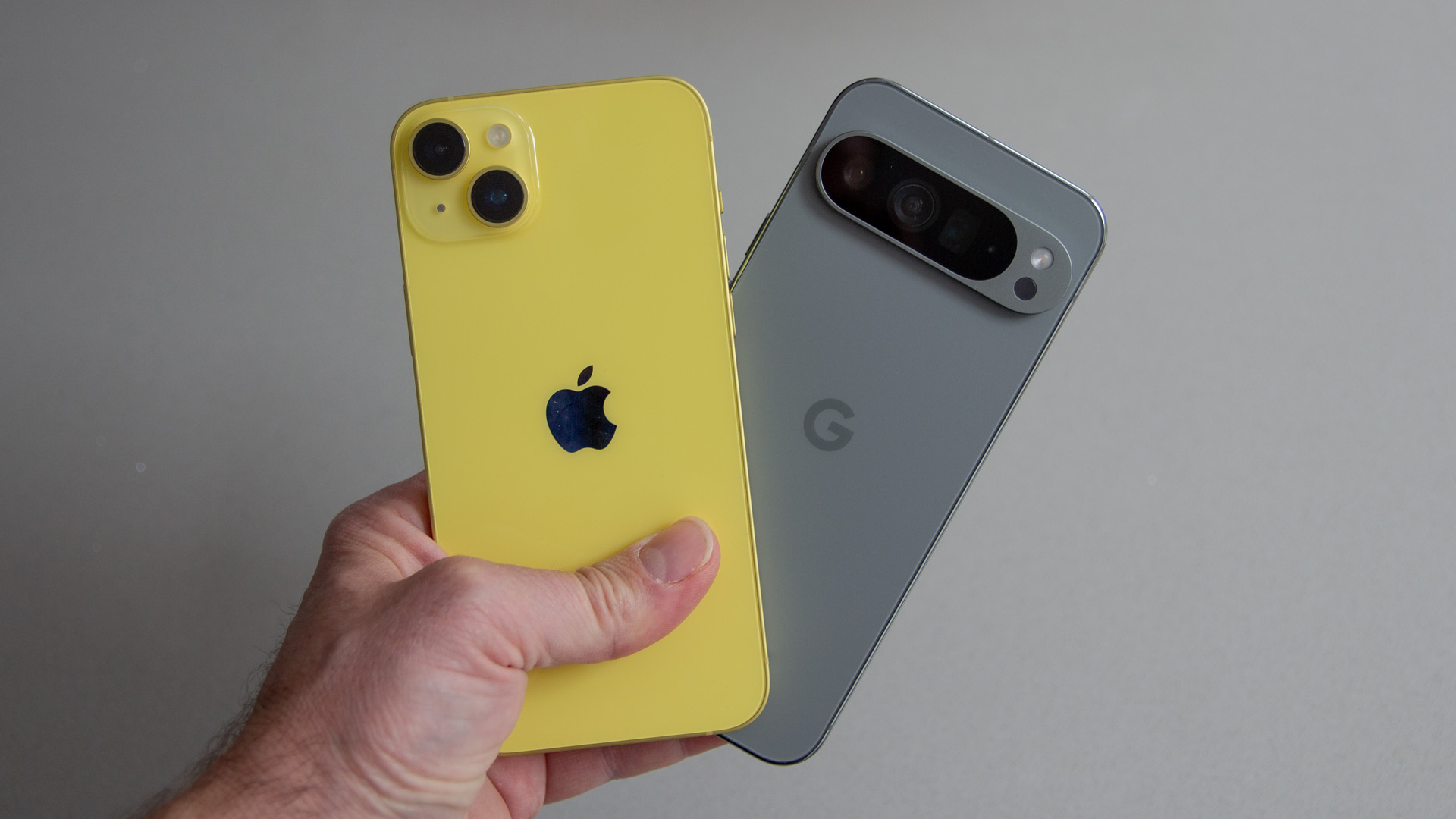Apple could simplify eSIM transfers from iPhone to Android soon
Switching between different platforms could be made easier in iOS 19


Quick Summary
New code discovered in the Android 16 beta could be laying the path for eSIM transfers from iPhone.
It references iOS 19, suggesting that Apple could enable this feature in its new software.
When eSIM became a reality, it brought with it with a number of advantages, like being able to add ad hoc SIMs to your phone just by scanning a code, perhaps for roaming. But living with eSIM can be a little more complicated, especially when moving between Android and iPhone.
However, that process could become simpler soon, if details uncovered in Google’s SIM Manager prove accurate. Uncovered by Android Authority, the Android 16 beta reveals new code in the SIM Manager app, which directly refers to iOS 19.
It suggests that the system is getting prepared for eSIM transfer from iOS to Android. Currently, such a feature doesn’t exist within iOS, but the fact that Google is preparing to receive that eSIM from iOS suggests that it could be an upcoming feature from Apple.
With WWDC 25 just around the corner, it might be that Apple will enable the feature within iOS 19, so that it’s easier to transfer an eSIM between devices on different platforms.
Why would Apple do such a thing when it’s typically more guarded around sharing? Android Authority suggests that it’s at the request of mobile phone networks, to reduce the number of customer calls they have to manage.
That might be true, but given recent rulings, it’s not inconceivable that barriers to switching between devices might be something that legislation might look to remove as anti-competitive behaviour.
Currently, if you want to move your eSIM from Apple to Android, you’ll have to call your supplier and get a new QR code to scan – and this change might bypass that.
Get all the latest news, reviews, deals and buying guides on gorgeous tech, home and active products from the T3 experts
The eSIM was first announced in 2016 when the full specification was announced by GSMA. Its first appearance in the consumer world was in wearables, with the Samsung Gear S2 offering the tech, followed by the Apple Watch Series 3.
Apple added support to a number of devices in 2018, but it was the iPhone 14 and iPhone 14 Pro, announced in 2022 that really saw eSIM make its mark.
The iPhone 14 models in the US ditched the physical SIM tray and only offered eSIM. The rest of the world continues to offer physical SIM cards alongside eSIM in Apple devices, but given the size of the US market, it’s understandable why Apple and Google might be looking for an easier method for transferring eSIM between devices.
For those still using a physical SIM this isn’t an issue, but for anyone who is currently using an eSIM in an iPhone and considering a switch to Android, the process is more difficult than it needs to be.

Chris has been writing about consumer tech for over 15 years. Formerly the Editor-in-Chief of Pocket-lint, he's covered just about every product launched, witnessed the birth of Android, the evolution of 5G, and the drive towards electric cars. You name it and Chris has written about it, driven it or reviewed it. Now working as a freelance technology expert, Chris' experience sees him covering all aspects of smartphones, smart homes and anything else connected. Chris has been published in titles as diverse as Computer Active and Autocar, and regularly appears on BBC News, BBC Radio, Sky, Monocle and Times Radio. He was once even on The Apprentice... but we don't talk about that.
You must confirm your public display name before commenting
Please logout and then login again, you will then be prompted to enter your display name.